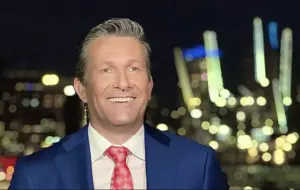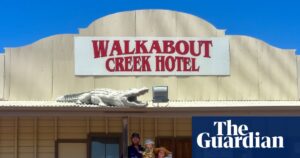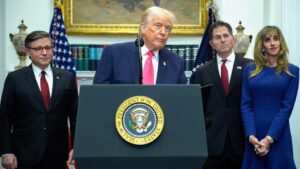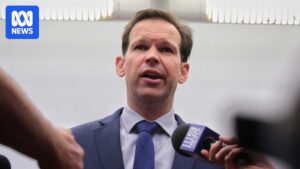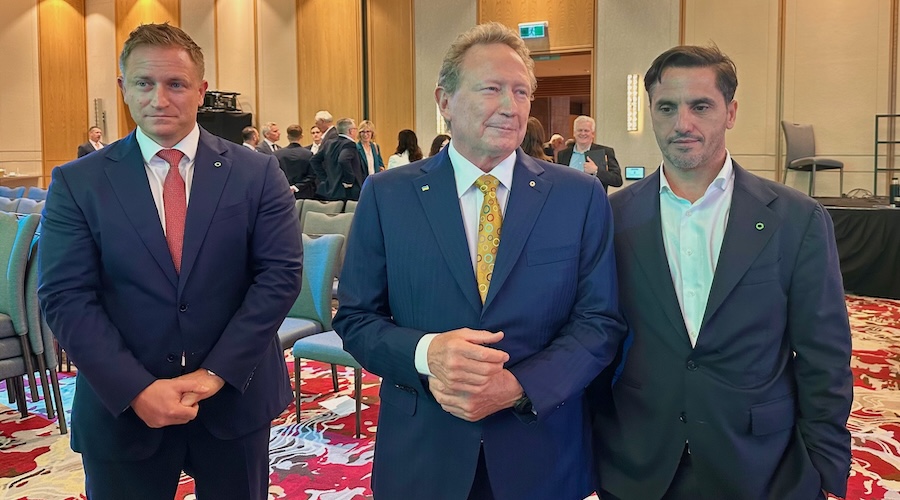
Fortescue Metals Group’s founder and executive chairman, Andrew Forrest, expressed skepticism over the excitement surrounding critical minerals during the company’s annual general meeting in Perth on Friday. Despite his reservations, Forrest confirmed Fortescue’s commitment to advancing its critical minerals projects.
Forrest’s comments come in the wake of a recent agreement between U.S. President Donald Trump and Australian Prime Minister Anthony Albanese, signed on October 20, which aims to bolster cooperation on strategic metals. “It was good. Knock yourselves out. I mean, I don’t see anything that rare about critical minerals,” Forrest remarked to reporters after the meeting.
He further elaborated, “You’ve got declining strategic commodity prices everywhere. I don’t see the fuss, but anyway, other people do so it’s good for the business. We’ve got plenty of critical minerals, which we’re happy to get out of the ground.”
Exploration and Strategic Partnerships
Despite downplaying the sector’s significance, Forrest acknowledged Fortescue’s active exploration for rare earths in Brazil. He highlighted that the company’s CEO of growth and energy, Gus Pichot, had discovered substantial quantities of material there. “There’s nothing rare about rare earths. [Pichot’s] got a small ocean of it,” Forrest stated. “I’d like to see it developed and cranking across to Louisiana and getting developed.”
In line with these efforts, Fortescue’s subsidiary, Wyloo Metals, along with joint venture partner Hastings Technology Metals, signed a non-binding agreement with Ucore Rare Metals. The agreement aims to explore a long-term offtake for concentrate from the Yangibana project in Western Australia and hydrometallurgical processing options in Louisiana.
Commitment to Decarbonization
Forrest also reaffirmed Fortescue’s ambitious target to achieve real zero emissions by 2030, defending the company’s substantial investment in decarbonization. “This $6.2 billion investment we took back in 2022 will pay dividends. I give you my assurance and sure, we’re the guys up front with the arrows in the back, to be dragged down and told we failed here, we failed there,” he told the meeting.
“Honestly, it just put steel into the spine of the 20,000 people who work at Fortescue getting constantly criticized. Decarbonization is not a straight line. It demands creativity, experimentation and relentless innovation. We’ve literally had to invent our way through.”
While Fortescue has withdrawn from some green hydrogen projects due to unfavorable economics, Forrest emphasized that experimentation and failure are integral to eventual success. “We specialized into hydrogen, believing it would get really big – it hasn’t yet,” he admitted. “What is enormous is replacing fossil fuel-generated energy with renewables, firmed by the breakthrough we’ve all seen in batteries.”
Challenges and Criticism
Forrest acknowledged job losses within Fortescue’s green energy division but pointed out that the company is simultaneously creating jobs in other areas. “I don’t know the net number, but we’re swinging harder and harder into R&D. That is where the value is,” he said. “We’ve got the smartest people in the world working for us.”
He also criticized big oil companies and former President Trump for their stance on climate change, accusing them of hindering progress. “You’ve got a President of the United States who declared that climate change is the greatest con job in history,” Forrest stated, highlighting the contrast between those investing in renewables and those clinging to outdated economic models.
Forrest’s comments came shortly after rival Hancock Prospecting’s CEO, Garry Korte, warned about the financial implications of achieving net zero emissions. Forrest dismissed these concerns, arguing that economic growth and investment are evident, and that looking back to a romanticized past is not a viable path forward.
As Fortescue continues to navigate the complexities of the critical minerals market and its decarbonization goals, Forrest’s remarks underscore the company’s strategic direction and the broader challenges facing the industry.
